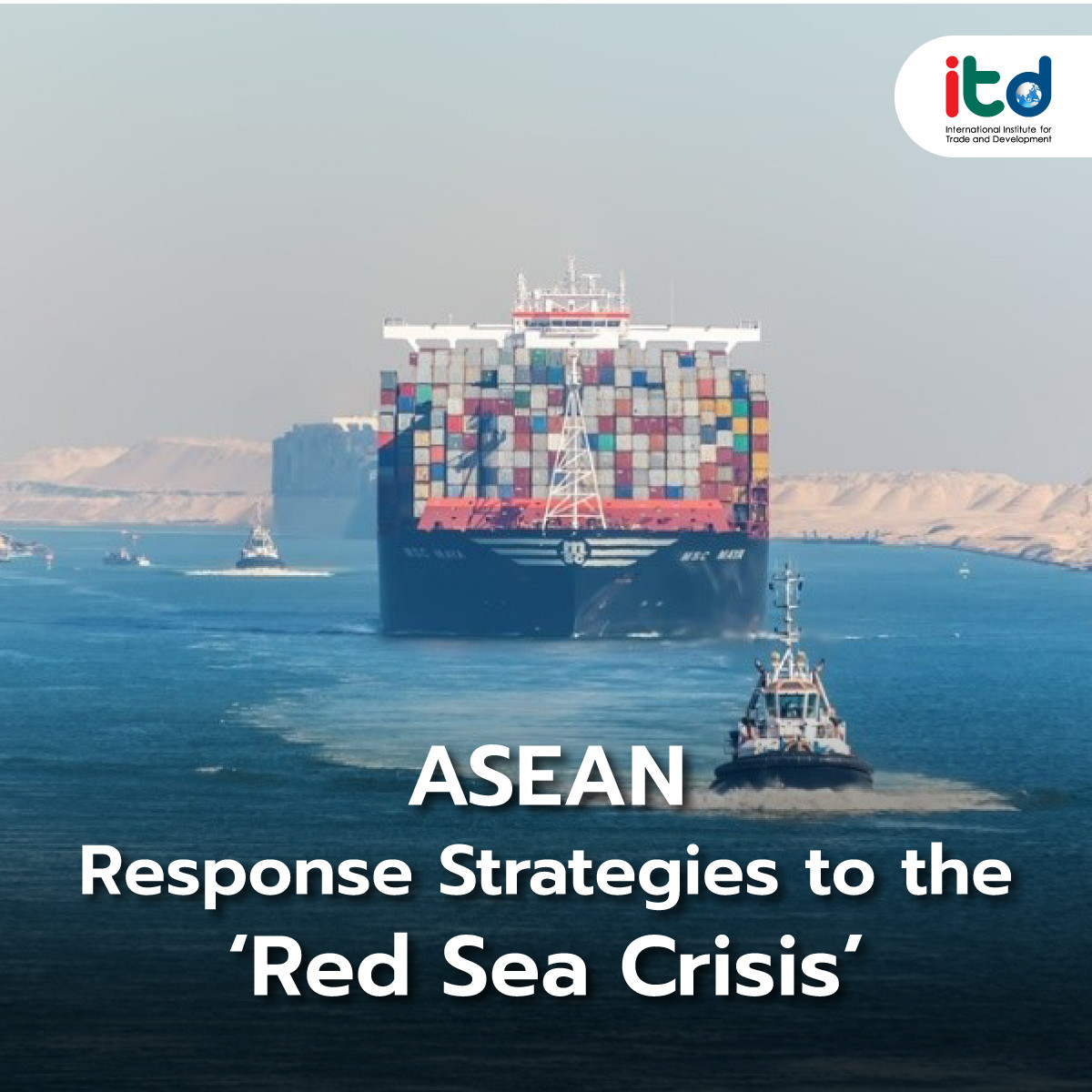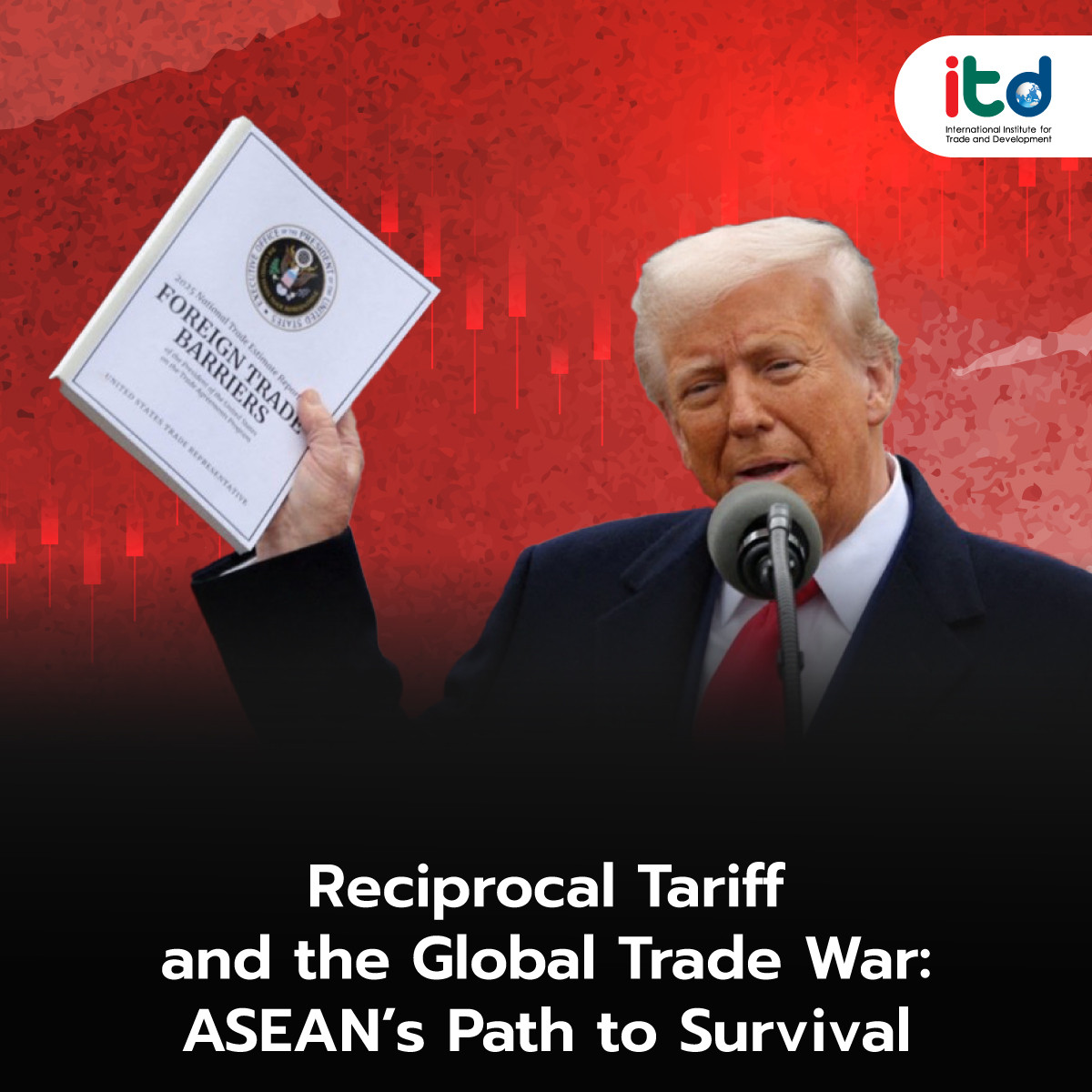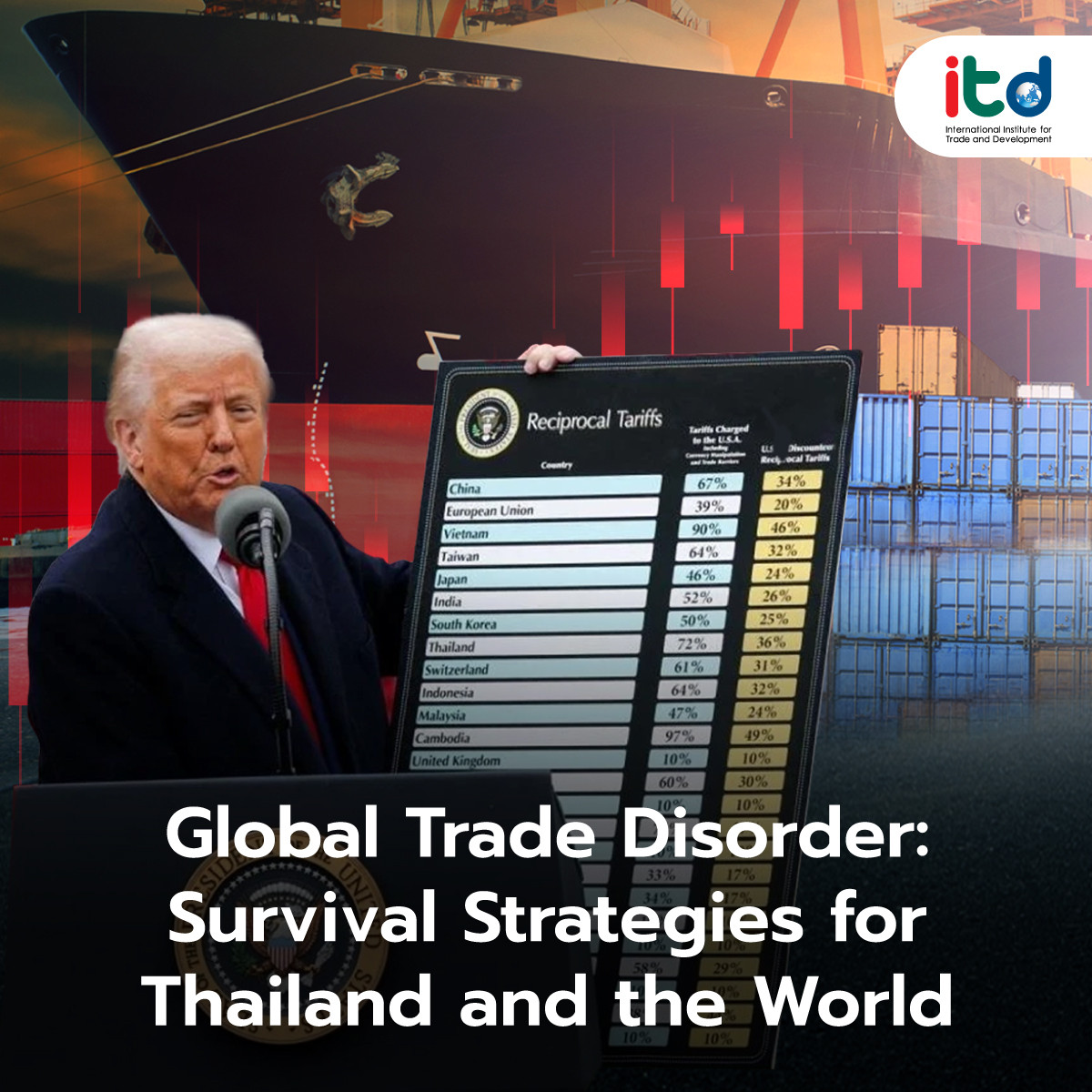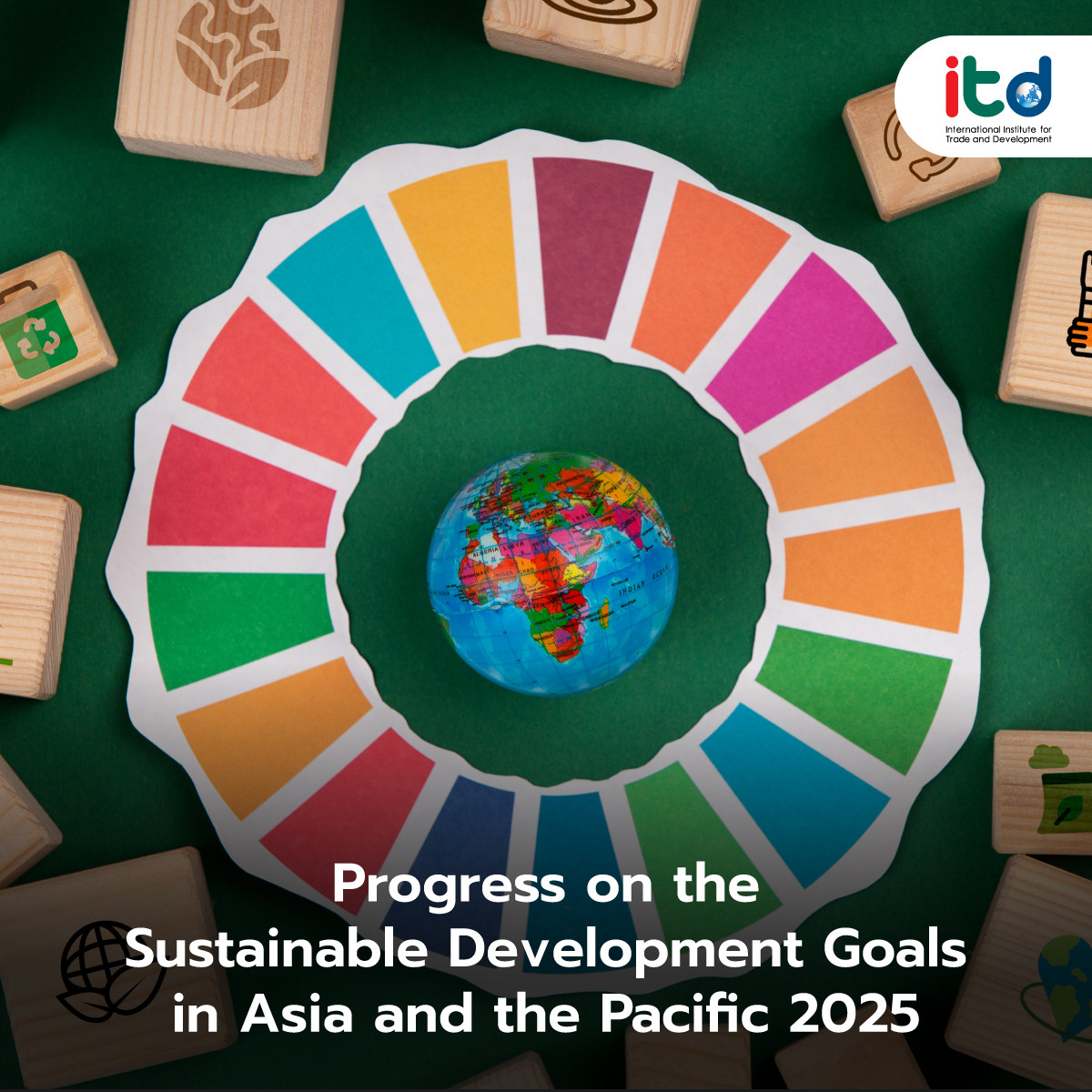About Documents
The ‘Red Sea Crisis’ remains volatile and shows signs of prolongation. Tensions in the Red Sea escalated when the Houthi rebels in Yemen have begun launching missiles and using drones to attack cargo ships in the Red Sea since November 2023. These attacks have already targeted more than 70 cargo ships in the red sea, prompting major powers such as the United States and the United Kingdom to retaliate with continuous airstrikes against the Houthi rebels. Meanwhile, the Houthi rebels persist in their counterattacks without any indication of de-escalation.
The Red Sea Crisis has prompted cargo ships to reroute. The Red Sea is one of the most critical maritime route in the world, linking Asia-Europe trade via the Suez Canal to the Mediterranean Sea. The World Trade Organization (WTO) estimates that approximately 15% of global trade is transported through the Red Sea. Due to the crisis, cargo ships have had to divert their routes around Africa, passing the Cape of Good Hope instead of passing through the Red Sea and the Suez Canal. Consequently, by March 2024, fewer than 10 cargo ships were passing through the Red Sea, compared to around 550 ships in November 2023.
The Red Sea Crisis poses a significant threat to the global economy and global trade. It has caused cargo ships to take 10-14 days longer to transport goods, resulting in delayed deliveries and tripling international shipping costs. Drewry’s World Container Index has risen from $1,382 per 40-foot container in late November 2023 to $4,716 as of June 6, 2024. Furthermore, according to the WTO, the types of goods most affected by the increased shipping costs include automobiles, fertilizers, and retail products.
Additionally, the Red Sea Crisis could lead to “stagflation” or a period of low economic growth and high inflation. J.P. Morgan Research expects the crisis will increase global core inflation by 0.7% in the first half of 2024. Meanwhile, Allianz Trade’s research center estimates that the crisis will reduce global economic growth by 0.4% in 2024.
The Red Sea Crisis has caused delays in ASEAN trade, and ASEAN must be cautious about losing its export markets in Europe. The Economic Intelligence Unit indicates that, as of January 17, 2024, the diversion of cargo ships from Asia around the Cape of Good Hope instead of passing through the Red Sea has led to delays in maritime trade for Thailand and Singapore by over 68%, for Malaysia by 76%, for Vietnam by 85%, and for Indonesia by 100%. If these delays in exporting goods from ASEAN to Europe persist or worsen, it could result in shortages of ASEAN products in Europe. Consequently, European importers of ASEAN goods may reduce or postpone imports until the situation improves, potentially turning to other countries for their supply needs.
ASEAN countries are facing higher shipping costs and delays in importing goods, which are hampering their production capacities. For instance, Thailand’s shipping costs have increased significantly, with the Thai National Shippers’ Council reporting a rise of 30-40% in May 2023 alone due to the Red Sea Crisis. This increase is expected to pressure Thai exports in the second half of 2024. Meanwhile, the crisis has caused delays of 6-20 days in the import of raw materials for the Philippines, thereby reducing the country’s production capacity.
ASEAN can turn the Red Sea Crisis into an opportunity by reassessing and enhancing its supply chain and logistics management for long-term sustainability. This includes developing contingency plans that are adaptable to changing circumstances, utilizing technologies such as AI for accurate and timely predictions and responses to disruptions, and increasing options for rail and air cargo transport. Furthermore, ASEAN can diversify its export and import markets, particularly focusing on countries close to ASEAN and Thailand, and increase the use of local raw materials to reduce transportation time and mitigate risks amid growing global uncertainties.
Author:
Ms. Warunya Yossai
Senior Researcher
International Institute for Trade and Development (Public Organization)
www.itd.or.th
Publication: Bangkok BIZ Newspaper
Section: First Section/World Beat
Volume: 37 Issue: 12661
Date: Wednesday, June 12, 2024
Page: 8 (left)
Column: “Insight ASEAN”






